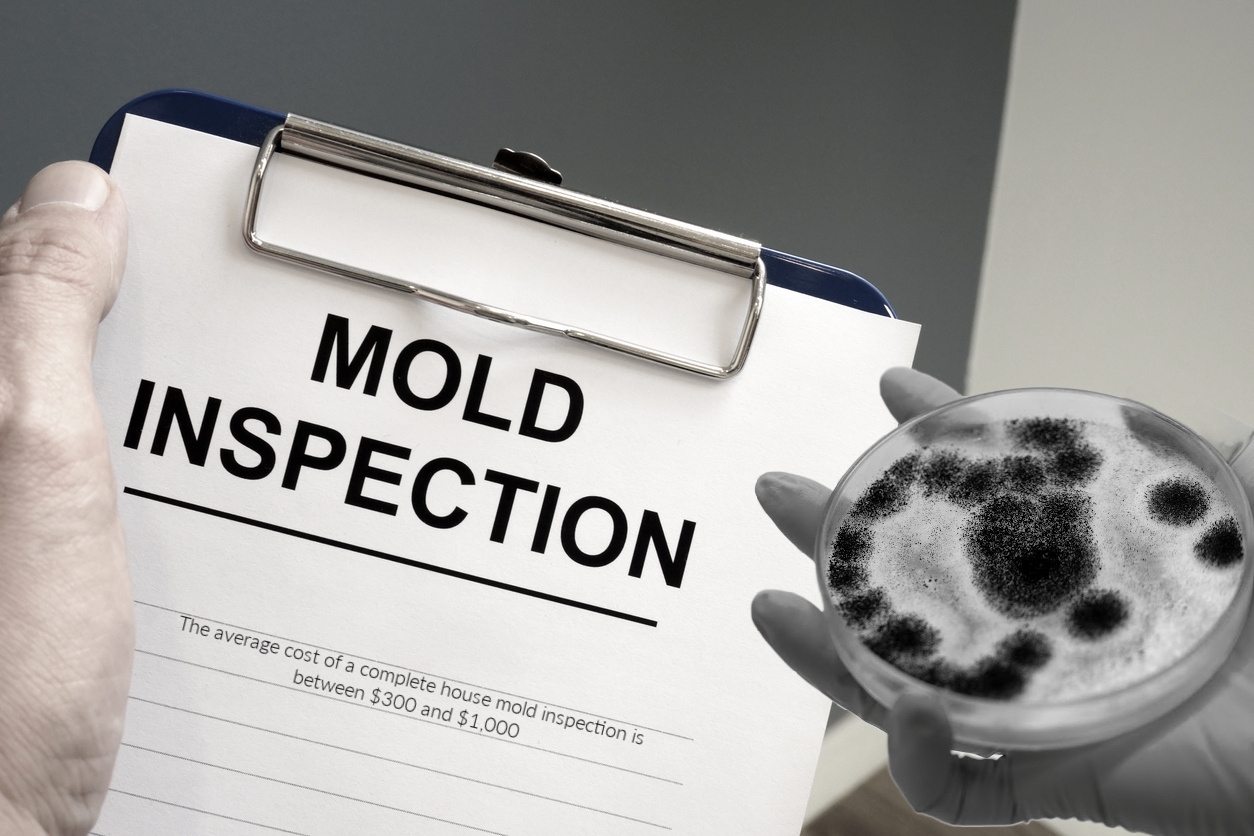Professional Tips for Post Mold And Mildew Removal Success
In the world of mold remediation, efficiently eliminating mold and mildew is just half the battle; truth difficulty depends on stopping its reappearance. Post-remediation efforts play a vital role in ensuring a mold-free setting in the long-term. By adhering to experienced pointers and best practices, people can safeguard their areas versus mold revival and maintain a healthy indoor setting. It remains in this stage of the removal process that attention to detail and proactive measures truly make a distinction.
Screen Moisture Degrees On A Regular Basis
After finishing mold remediation treatments, keeping optimal humidity levels is critical to avoid mold and mildew re-growth and make certain a healthy indoor setting. High humidity degrees over 60% produce a conducive atmosphere for mold and mildew to prosper, making routine monitoring an aggressive procedure to stop any type of future mold issues.
In addition, establishing a regular timetable for humidity checks, specifically in high-risk locations such as kitchen areas, bathrooms, and basements, is a positive technique to mold and mildew prevention. By consistently monitoring humidity degrees, residential property owners can successfully mitigate the danger of mold and mildew reoccurrence and maintain a healthy interior setting post-remediation.
Conduct Thorough Inspections Post-Remediation
Following the conclusion of mold and mildew remediation procedures, it is imperative to carry out comprehensive assessments to validate the effectiveness of the remediation procedure. These post-remediation examinations are important in making certain that the mold problem has been efficiently addressed and that there is no reoccurrence or staying mold and mildew development. Examinations should be brought out by qualified experts that have expertise in identifying mold and examining interior air high quality.
Throughout these inspections, different techniques such as aesthetic analyses, air tasting, and surface area tasting might be employed to extensively evaluate the remediated locations. Aesthetic analyses entail a thorough examination of the properties to examine for any kind of noticeable indications of mold development or water damages. Air tasting aids in establishing the air-borne mold and mildew spore degrees, while surface sampling can detect mold fragments on surface areas.
Implement Appropriate Ventilation Techniques
After guaranteeing the effectiveness of the mold removal process through detailed examinations, the next important step is to concentrate on applying proper ventilation approaches. Appropriate ventilation is necessary in stopping mold reoccurrence by controlling dampness levels and promoting air blood circulation. To accomplish this, it is suggested to use exhaust followers in areas vulnerable to high moisture, such as kitchens and washrooms. Furthermore, opening up windows and doors when weather condition permits can aid improve air movement and minimize moisture accumulation. Air purifiers and dehumidifiers are also beneficial devices in maintaining optimum interior air high quality.
Proper ventilation not only aids in preventing mold growth however also contributes to the general health and wellness and comfort of passengers. By making sure adequate ventilation throughout the building, you can minimize the threat of mold and mildew regrowth and develop a healthier living atmosphere.

Use Mold-Resistant Products for Fixes
To improve the long-term performance of mold remediation initiatives, incorporating mold-resistant products for repair services is important in mitigating the threat of future mold growth. Mold-resistant products are created to endure dampness and prevent mold development, making them a necessary choice for locations prone to wetness and humidity. When fixing areas influenced by mold and mildew, using products such as mold-resistant drywall, mold-resistant paints, and mold-resistant caulking can help protect against mold and mildew reoccurrence.
Mold-resistant drywall is an best site excellent alternative to typical drywall in locations like cellars and washrooms where wetness levels are greater. This kind of drywall has an unique finishing that stands up to mold and mildew growth also when revealed to damp conditions. Furthermore, utilizing mold-resistant paints having antimicrobial agents can further prevent mold advancement on ceilings and walls.
In areas where moisture prevails, such as bathroom and kitchens, utilizing mold-resistant caulking around sinks, bathtubs, and home windows can assist seal out water and prevent mold and mildew from holding in fractures and gaps. By purchasing these mold-resistant products throughout repair services post-remediation, you can substantially minimize the chance of future mold and mildew concerns and preserve a healthier indoor environment.
Maintain Cleanliness and Address Water Issues
After mold and mildew removal, it is essential to preserve a tidy setting to stop the regrowth of mold. Leaks, water breach, or high humidity degrees can develop the perfect reproduction ground for mold and mildew, so it is important to take care of any kind of water-related problems promptly.
To keep sanitation, think about utilizing HEPA filters in vacuum cleaners and air cleansers to catch mold spores and avoid their flow airborne. Moreover, making sure appropriate air flow in areas vulnerable to moisture buildup, such as shower rooms and cooking areas, can assist keep humidity levels in check. By remaining alert about tidiness and addressing water concerns promptly, you can properly protect against mold and mildew reinfestation and maintain a healthy and balanced interior environment.
Verdict

In the realm of mold and mildew removal, successfully removing Learn More Here mold is just half the battle; the real difficulty lies in preventing its reappearance. After completing mold removal procedures, preserving optimum humidity levels is essential to protect against mold and mildew re-growth and ensure a healthy indoor atmosphere. High humidity levels above 60% produce a favorable setting for mold and mildew learn this here now to grow, making normal keeping track of a proactive procedure to stop any type of future mold and mildew problems.
To improve the long-lasting effectiveness of mold remediation initiatives, including mold-resistant products for fixings is essential in mitigating the threat of future mold and mildew development. After mold and mildew remediation, it is crucial to maintain a tidy environment to prevent the regrowth of mold.